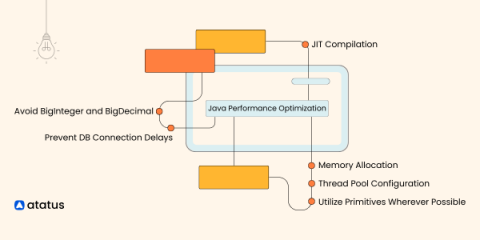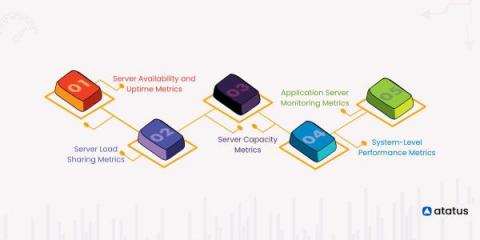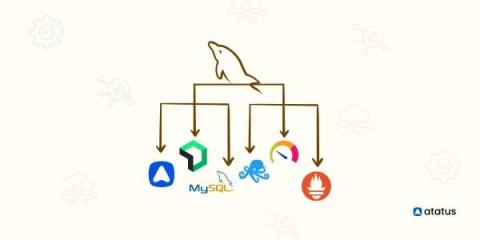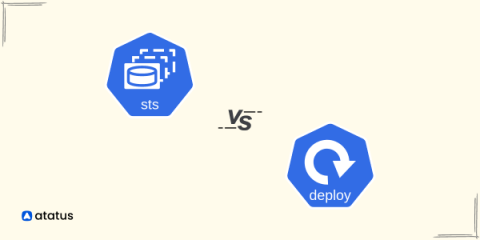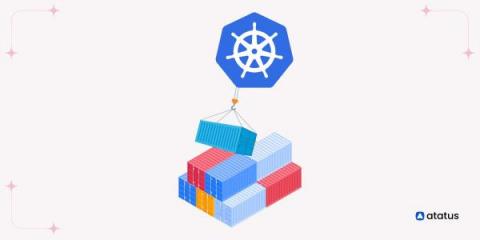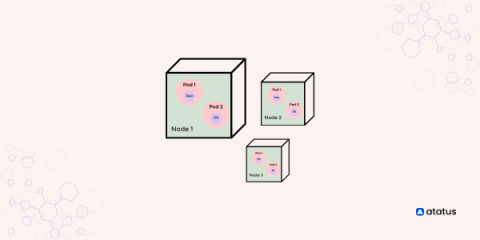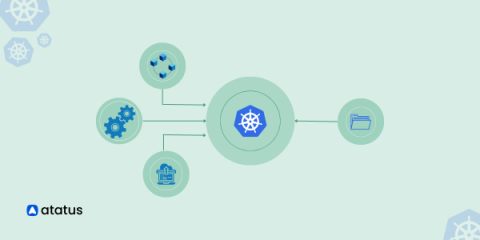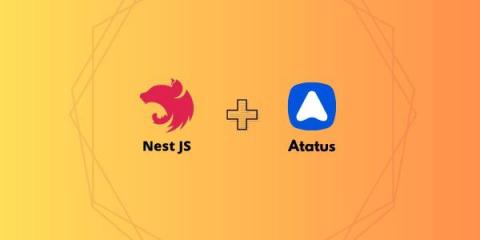Maximizing Java Application Performance - Configuration and Tuning Tips
In the past, there was a persistent misconception that Java was slow compared to other programming languages. But this idea comes from a time when Java was just starting out. Back then, Java did have some problems that made it seem slow. For example, it took a long time for Java programs to start running, and the way Java made user interfaces for applications was not very fast. But things have changed a lot since then. Hence, the outdated belief that Java is slow is exactly that – outdated.


